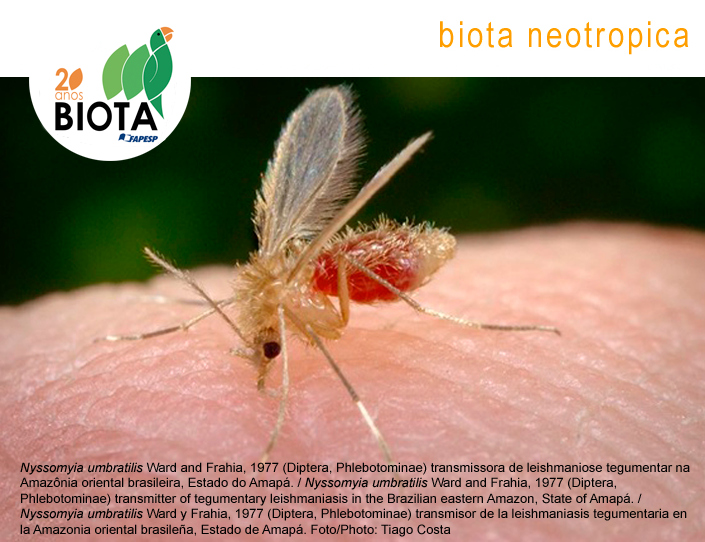Relative condition factor and predictive model for the presence of the invasive snail Achatina (Lissachatina) fulica in Sergipe, Northeast Brazil
Abstract
Abstract: Achatina fulica is among the world’s 100 most impactive invasive species, and is now found in almost all Brazilian states, including Sergipe. This exotic snail is known to have negative impacts, not only on the environment, due primarily to the rapid growth of its populations, but also on public health, given that it is an intermediate host of nematodes that cause zoonotic diseases. However, relatively little is known of the development of this snail, including its relative condition factor. We investigated the occurrence of A. fulica in 24 municipalities distributed in the eight subregions of the state of Sergipe in the dry and rainy season. Furthermore, we present here a predictive model for the occurrence of A. fulica based on the variation in climate and soil chemistry. This snail was more frequent on soils with a pH of 6.5-7.5. A negative correlation was found between the growth of A. fulica and the soil pH, then, the more acidic the soil, the more allometric the growth of A. fulica. The relative condition factor indicated differences in the development pattern of A. fulica among the eight subregions. The influence of rain in increasing the frequency of A. fulica showed a significant correlation. As well, higher temperatures influenced the resting behavior of A. fulica. The mathematical model used to identify the potential presence of A. fulica presented a high degree of agreement. This is the first ecological study of A. fulica to verify the association between the body mass-length relationship and the relative condition factor, and the results indicate that the development of this exotic land snail in Sergipe is influenced by climatic factors and principally, the soil pH. The predictive mathematical model provides valuable insights into the biotic and abiotic factors associated with the presence of A. fulica, and the influence of climatic variables and the chemical parameters of the soil on the occurrence of this species. These findings provide important guidelines for the development of measures for the control of A. fulica populations, which will contribute to both public and environment health.Published
2022-01-01
How to Cite
Silva, G. M. da, Thiengo, S. C., Menezes, A. N., Melo, C. M. de, & Jeraldo, V. de L. S. (2022). Relative condition factor and predictive model for the presence of the invasive snail Achatina (Lissachatina) fulica in Sergipe, Northeast Brazil. Biota Neotropica, 22(2). Retrieved from https://www.biotaneotropica.org.br/BN/article/view/1906
Issue
Section
Articles
